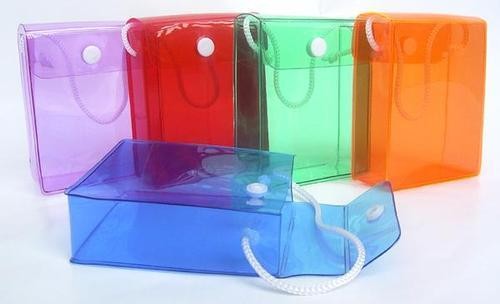Polyvinyl chloride (PVC) is a widely used plastic material in various industries, including the food industry. PVC is known for its durability, flexibility, and affordability, making it a popular choice for food packaging, food processing equipment, and food service items. However, the use of PVC in the food industry has raised concerns about its potential health risks and environmental impact.
What is PVC in Food Industry?
PVC is a synthetic polymer made from vinyl chloride monomer. It is commonly used in the food industry for packaging, such as cling wrap, food storage containers, and bottles. PVC is also used in food processing equipment, such as pipes, tubing, and conveyor belts. Additionally, PVC is used in food service items, such as disposable cups, plates, and utensils.
Risks of PVC in Food Industry
The use of PVC in the food industry has raised concerns about its potential health risks. PVC contains additives, such as phthalates and bisphenol A (BPA), which are known to be endocrine disruptors and can cause health problems, such as reproductive and developmental issues, cancer, and obesity. These additives can leach into food and beverages, especially when exposed to heat or acidic conditions.
Furthermore, PVC is not biodegradable and can release toxic chemicals when incinerated or disposed of in landfills. This can have a negative impact on the environment and human health.
Safety Measures for PVC in Food Industry
To minimize the risks associated with PVC in the food industry, several safety measures can be taken. First, food manufacturers and processors should avoid using PVC in food packaging and processing equipment. Instead, they can use safer alternatives, such as glass, stainless steel, and food-grade plastics, such as polyethylene and polypropylene.
Second, consumers can choose to buy food products that are packaged in safer materials and avoid using PVC-based food storage containers and wraps. They can also opt for reusable and eco-friendly food service items, such as bamboo utensils and glass cups.
Third, governments and regulatory agencies can enforce stricter regulations on the use of PVC in the food industry and promote the use of safer alternatives. They can also encourage the development of sustainable and biodegradable materials for food packaging and service.
Conclusion
In conclusion, PVC is a widely used plastic material in the food industry, but its use has raised concerns about its potential health risks and environmental impact. To minimize these risks, food manufacturers, processors, consumers, and regulatory agencies should take safety measures, such as avoiding the use of PVC in food packaging and processing equipment, choosing safer alternatives, and promoting sustainable and biodegradable materials. By doing so, we can ensure the safety and health of both humans and the environment.


